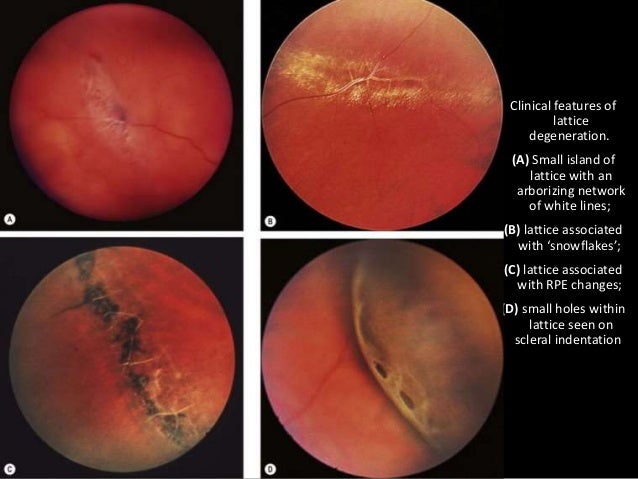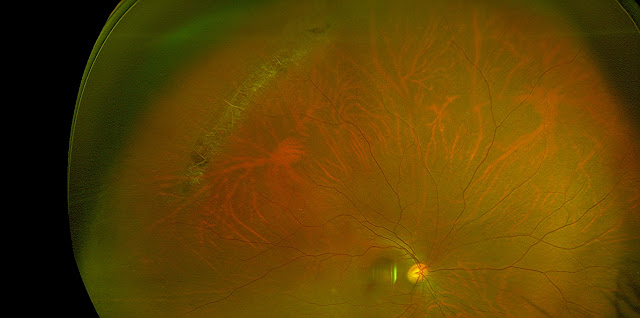

Research indicates that being obese increases the chance that early or intermediate macular degeneration will progress to a more severe form of the disease. Smoking cigarettes or being regularly exposed to tobacco smoke greatly increases your risk of macular degeneration.

Macular degeneration is more common in white people. Researchers have identified several genes linked to the condition. This disease is most common in people over 55. This may cause irregularities in the macula layers, resulting in vision loss or distortion.įactors that may increase your risk of macular degeneration include: When fluid leaks from the choroid, it can collect between the thin cell layer called the retinal pigment epithelium and the retina or within the layers of the retina.

Cones give the eye color vision, and rods let the eye see shades of gray. The macula is made up of densely packed light-sensitive cells called cones and rods. A healthy macula allows for clear central vision. If these symptoms suddenly appear with no warning, they may indicate retinal detachment, and treatment from a retina specialist will be needed.The macula is located at the back of the eye in the center of the retina. When retinal detachment occurs, the patient is likely to experience floaters (tiny black or gray spots) and white flashes in their field of vision. The most common complication of lattice degeneration is retinal detachment or retinal tear. Often, when symptoms are noticed they are symptoms of a complication rather than of the disease itself. A person with this condition may have blurred distance vision however this is most often caused by myopia. Lattice degeneration does not generally present any easily recognizable symptoms. It is not known whether this vascular deficiency is a cause or a symptom of lattice eye degeneration. Diseased eyes may have peripheral vascular deficiencies, meaning the network of vessels which supplies blood to the peripheral retina is underdeveloped. This eye disease is often associated with myopia, and the two conditions can appear together.Īlthough multiple theories have been suggested about the cause of this disease, the factors which lead to lattice eye degeneration remain unknown. Although this is not usually a progressive disease, in some cases, the degeneration may lead to retinal detachment, holes, and/or tear and temporary or permanent loss of vision.

Lattice degeneration is a process which affects the peripheral retina of the eye, causing that part of the retina to atrophy and become thinner.


 0 kommentar(er)
0 kommentar(er)
